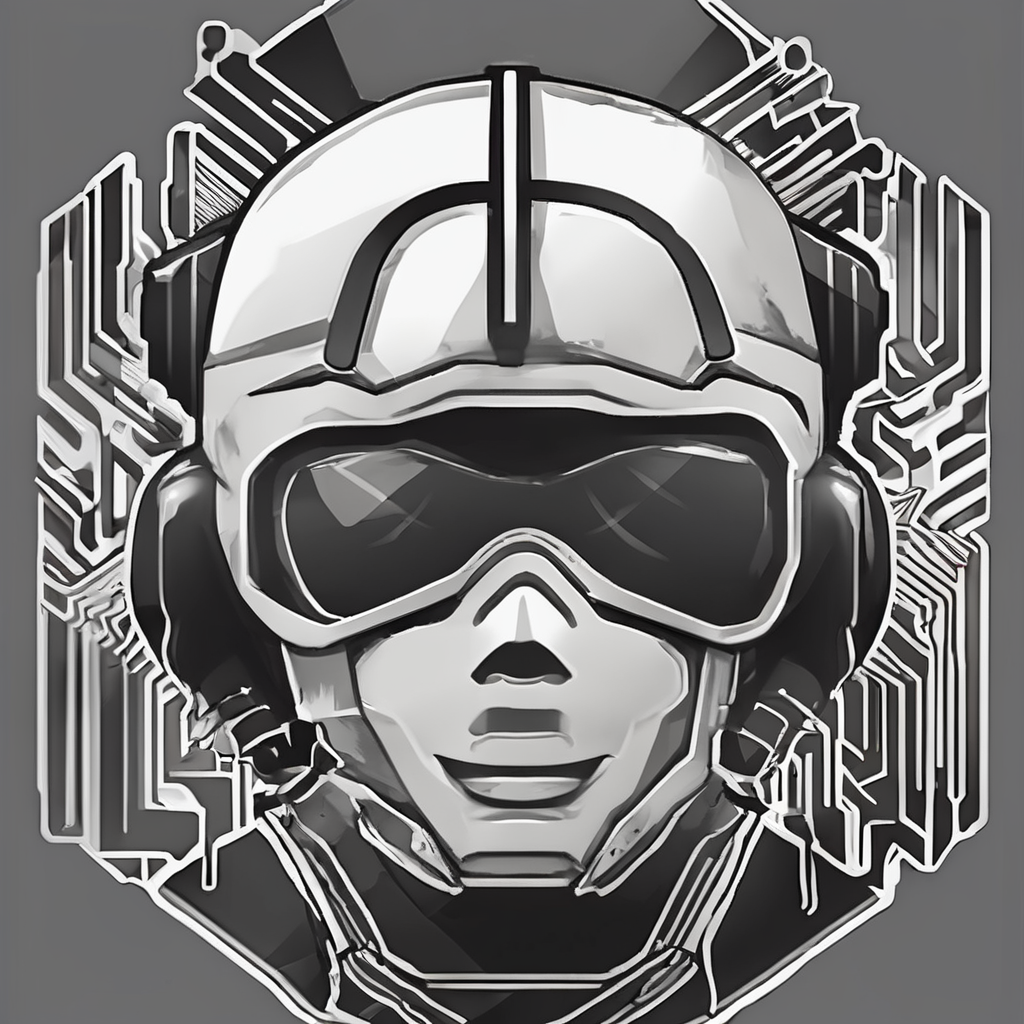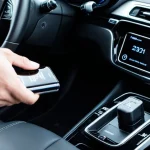Essential Safety Preparations Before Installing Rear Spoilers
Before undertaking any rear spoiler installation safety measures, it is critical to begin with a thorough review of your vehicle specifications and compatibility. Not all spoilers fit every model, so verifying that the spoiler design matches your car’s make and model ensures proper alignment and secure attachment. This step helps prevent potential damage to the vehicle body or the spoiler itself during installation.
Once compatibility has been confirmed, gather the appropriate tools and protective equipment. Common tools for performance car modifications include screwdrivers, drills with specific bits, torque wrenches, and cleaning supplies. Wearing protective gloves and eye protection is highly recommended to safeguard against injuries during the process.
Also to discover : Ensure your child’s safety: expert tips for perfectly aligning car seats with vehicle safety systems
Next, inspect and prepare the mounting surface carefully. Clean the area where the rear spoiler will be attached, removing any dirt, wax, or residues that could interfere with adhesion or bolt tightening. Additionally, inspect for rust or damaged paint that may compromise the spoiler’s stability. Addressing these issues beforehand ensures a solid and lasting installation.
By following these preparation steps and prioritizing safety, you lay the foundation for a successful and secure rear spoiler installation that enhances your vehicle’s performance and aesthetic appeal.
Also to discover : Enhance your journey: top tips to optimize automatic transmission performance and safety
Step-by-Step Guide for Proper Spoiler Installation
Installing a rear spoiler requires a step-by-step spoiler installation approach to ensure both functionality and aesthetic appeal. The first crucial step is aligning the spoiler precisely. Proper alignment maximizes the aerodynamic benefits by minimizing drag and improving downforce, which enhances vehicle stability at higher speeds. Use a measuring tape and masking tape to mark exact placement before drilling any holes or applying adhesives.
Next, secure the mounting points according to the manufacturer’s torque specifications. Over-tightening bolts can damage the spoiler or the vehicle’s body, while under-tightening can cause the spoiler to become loose or separate during driving. Utilizing a torque wrench ensures bolts are fastened to the exact specification, promoting durability and safety.
Choosing the right adhesives, bolts, and fasteners is key for a DIY rear spoiler project. High-quality automotive adhesives provide strong bonding, especially when used in conjunction with mechanical fasteners. Stainless steel bolts resist corrosion, extending the life of the installation. Always clean and prepare the mounting surface thoroughly before applying adhesives to enhance bonding effectiveness.
Following this detailed proper installation technique guarantees that the spoiler not only enhances the look of your vehicle but also performs its aerodynamic function efficiently, increasing both safety and style.
Critical Safety Checks After Installation
Ensuring your vehicle’s safety starts here
Once the rear spoiler installation is complete, performing post-installation safety checks is essential to guarantee both the spoiler’s performance and your vehicle’s overall safety. A comprehensive vehicle safety inspection focuses first on detecting any looseness or vibration in the spoiler. Even minimal movement can compromise the spoiler’s aerodynamic function and pose a hazard while driving. Gently shake the spoiler to verify it is securely mounted. Any noticeable looseness warrants immediate tightening or professional reassessment.
Next, conduct a thorough rear spoiler integrity check by examining the alignment and fit. The spoiler should sit flush against the vehicle’s surface without gaps or misalignment. Improper fitment can cause increased drag, noise, or even detachment at high speeds. Pay close attention to mounting points and seals to ensure consistent contact and stability.
Finally, inspect for any interference with other vehicle components. The spoiler should not obstruct taillights, trunk operation, or sensors such as backup cameras or parking aids. Confirming clearances reduces the risk of damage or malfunction in these critical systems. Adhering to these post-installation safety steps guarantees that your rear spoiler enhances vehicle aesthetics and performance without compromising safety.
Common Installation Mistakes and How to Avoid Them
Installing a spoiler might seem straightforward, but several spoiler installation mistakes can diminish its effectiveness or even cause damage. One frequent error is over-tightening mounts or installing them in the wrong position. This can strain both the spoiler and the vehicle’s body, risking cracks or warping. Proper torque settings and alignment according to the manufacturer’s instructions are essential to prevent this issue.
Another common pitfall is using incompatible or substandard parts. Spoiler kits often include specific hardware designed for the particular model. Substituting cheaper screws or brackets may not provide the needed strength, which compromises safety and performance. Always ensure that parts match the vehicle and spoiler specifications before installation.
Finally, skipping or overlooking key steps in the manufacturer guidelines or safety measures leads to troubleshooting challenges later. For example, failing to properly seal mounting holes invites water ingress, causing rust and weakening the spoiler’s hold. Carefully following instructions avoids costly revisions and maintains a spoiler’s optimal function.
Professional Installation Considerations and When to Seek Expert Help
When deciding on professional spoiler installation, assessing whether to undertake a DIY project or use expert services is crucial. While simple spoilers might be fitted by skilled enthusiasts, complex fitment situations—such as those involving custom requirements or integration with aerodynamic packages—often demand professional attention to avoid costly errors.
Recognising complex fitment scenarios is key. For example, aftermarket spoilers designed for high-performance or luxury vehicles frequently require precise mounting points and sometimes wiring for additional features like brake lights. Incorrect installation can affect the car’s balance and handling, undoing any intended performance benefits.
Seeking help from certified technicians ensures not only proper fitting but also the maintenance of vehicle warranties and compliance with safety standards. This is especially important for advanced performance upgrades, where intake and exhaust modifications or suspension tuning might accompany spoiler installation. Expert installers understand how spoilers interact with other components, optimizing performance and durability.
In summary, while some may feel confident with a DIY spoiler installation, recognising when to consult professionals safeguards your investment and maximizes your car’s aerodynamic potential. For those seeking advanced performance upgrades, trusted specialists provide peace of mind through expertise and quality workmanship.

